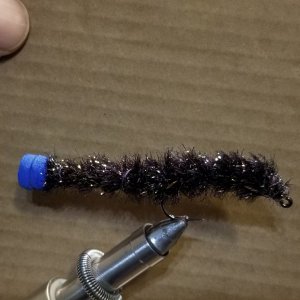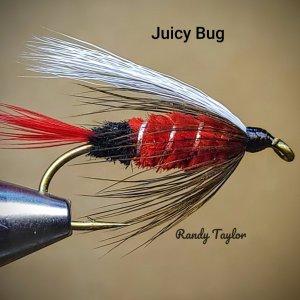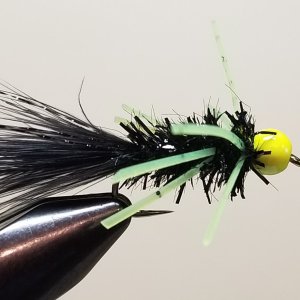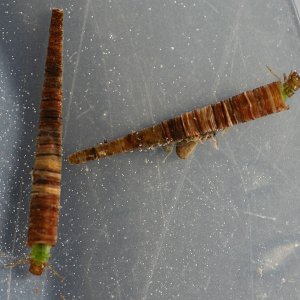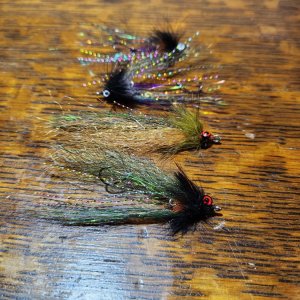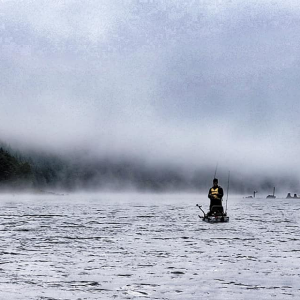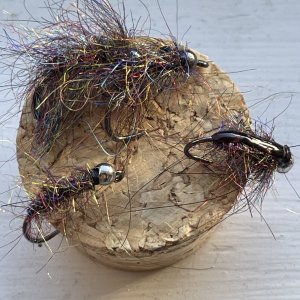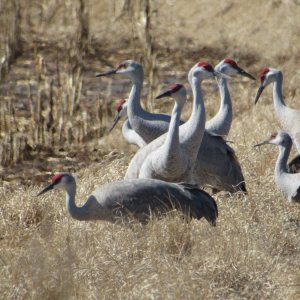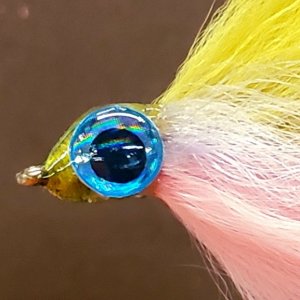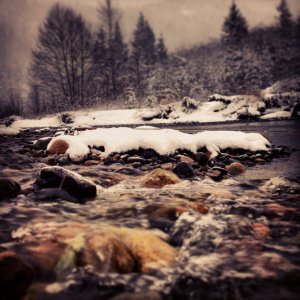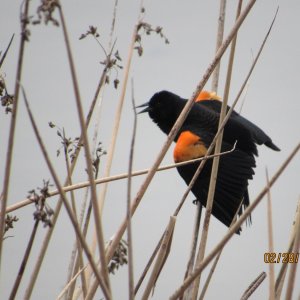Mukman
Life of the Party
I would have never posted this question on the Forum Which Shall Not Be Named, because I think I would have gotten lit up. I still might, but here goes:
I'm a rookie to SRC fishing. I don't want/expect anyone to share their best beaches or best flies, but what I'd like to know (so as to begin the voyage of discovery) is: what are the characteristics of a good looking SRC beach on the salt? Are tide swings important? Incoming or outgoing better? Is there a season that is better than another? Should there be fresh water flowing into salt near by? Kelp good or kelp bad? So many questions.....
I'd love to spend some time in the salt, but seeing as how it's kind of big area, I wanted to narrow my search a bit based upon some basic parameters. I live in the N Sound region.
Thanks - Keith
I'm a rookie to SRC fishing. I don't want/expect anyone to share their best beaches or best flies, but what I'd like to know (so as to begin the voyage of discovery) is: what are the characteristics of a good looking SRC beach on the salt? Are tide swings important? Incoming or outgoing better? Is there a season that is better than another? Should there be fresh water flowing into salt near by? Kelp good or kelp bad? So many questions.....
I'd love to spend some time in the salt, but seeing as how it's kind of big area, I wanted to narrow my search a bit based upon some basic parameters. I live in the N Sound region.
Thanks - Keith


